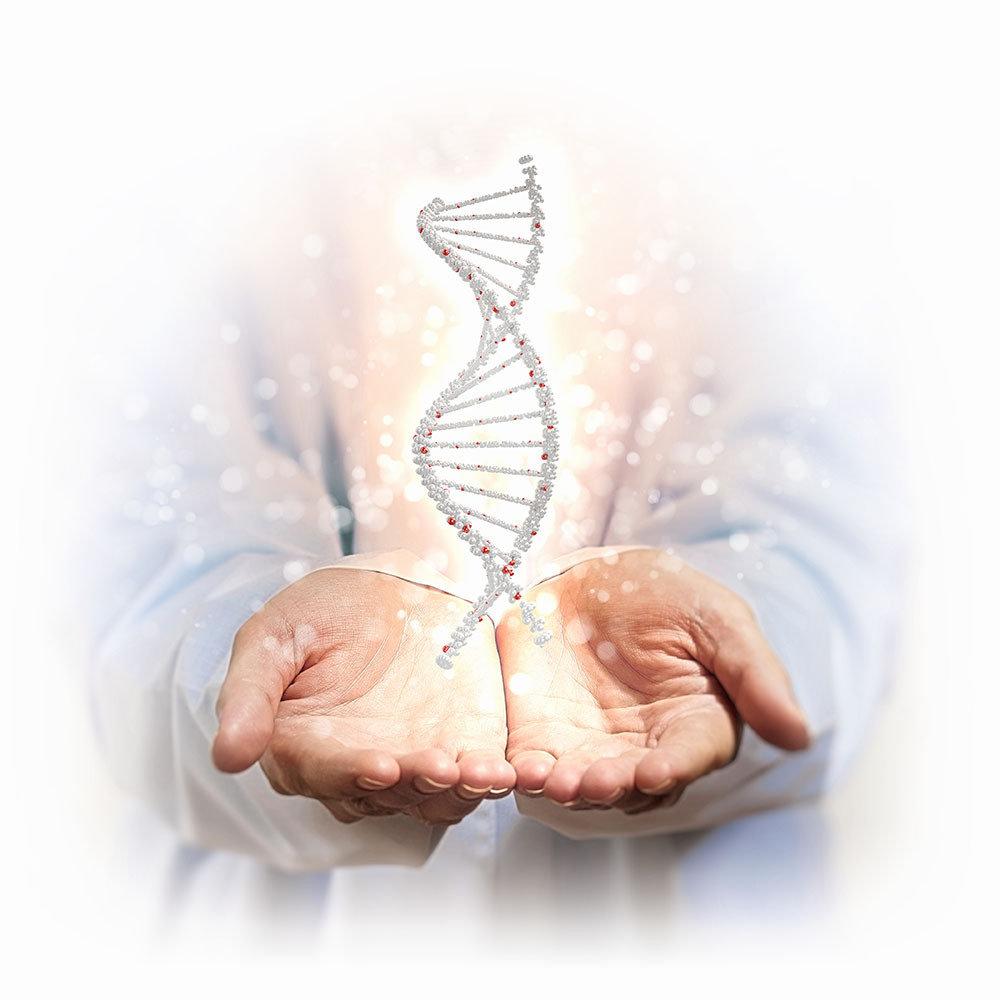Homeopathy
Homeopathy Explained
Homeopathy is an Age Old Method of Healing based on the Law of Similars
It is a therapeutic method which clinically applies the Law of Similars and which uses medicinal substances in weak or infinitesimal doses.
Homeopathy is a form of medicine that is not habit-forming; nor does it cause side effects, as is frequently the case in conventional medicine.
The Law of Similar states:
A pharmacologically active substance administered to a person in good health triggers a series of symptoms. When these same symptoms appear in a sick person they can be cured by administering the same substance in a micro dose. A very common example of this is Ipecac. When taken in a large doses Ipecac causes vomiting; when taken in a very small dose it is one of the best remedies for nausea and vomiting.
This principle was known to two ancient physicians, Hippocrates (400 B.C.) and Paracelsus (1493), but it was not until the last quarter of the 18th century that it was actively investigated.
Dr Samuel Hahnemann’s contribution
Dr. Samuel Hahnemann of Germany was so appalled by the medical practices of the day, which often did more harm than good, that he gave up his medical practice to explore other alternatives. In 1790, while translating the writings of the Scottish doctor, Cullen, Dr. Hahnemann was drawn to an article discussing quinine. While attempting to prove Dr. Cullen’s homeopathic theory incorrect, Dr. Hahnemann learned that by taking large amounts of chinchona bark (from which quinine is taken) fever attacks would occur. Fever attacks and other symptoms were exactly what quinine cured, when given in small doses. Thus, Dr. Hahnemann became a believer of the theory he had set out to disprove.
Dr. Hahnemann continued to experiment and was able to verify that the reaction he observed with quinine could be repeated with other substances. Hahnemann told others of his discovery and they joined him in experiments called provings.
Provings consisted of taking small doses of reputedly poisonous or other medical substances and carefully noting all the symptoms they produced. Patients suffering from similar symptoms were then treated with these same substances in minute doses, with outstanding results.
The theory was no longer a coincidence, but could be stated as a valid law.
The Smallest Effective Dose
Having established the Principle of Similarity, Hahnemann worked to discover the smallest effective dose. He realized that this was the best way to avoid side-effects. To his surprise he found that the more the remedy was diluted, the more active it became, while dissimilar remedies were ineffective. He called his method of dilution potentization and numbered the potencies to indicate the dilution ratio. This paradox, that a lesser amount could be more effective than a larger dose of the same substance, was unacceptable to the scientific community in Hahnemann’s time. He and his scientific community in Hahnemann’s time. He and his followers were ridiculed, but homeopathy survived because it achieved remarkable results.
Provings (or pathogeneses) with the various substances were always done on healthy subjects, and all reactions were recorded. The first compilation of provings was published in 1810 as The Organon (The Art of Healing) by Hahnemann. Other doctors have continued Hahnemann’s work and today’s Homeopathic Materia Medica makes the records of years of provings available to homeopathic physicians.
Treating the Person not the Disease
Homeopathic physicians consider it better to treat the sick person rather than the disease. The orthodox Homeopath will sit with his patient for one or two hours, soliciting information on how the patient feels throughout his entire body and mind. Once the doctor has a picture of the whole person, he consults the Materia Medica to find the one best remedy for all of the symptoms. Because homeopathic doctors look at patients as whole persons, rather than a series of symptoms or carriers of a disease, they often prescribe different remedies for patients suffering from the same disease. This makes controlled studies problematical, but basic principles of homeopathy indicate clearly why this must be so. The remedies which are made come from animal, vegetable, chemical and mineral sources. However, the end product contains only minute amounts of the original sources.
Drugs like morphine, cocaine and arsenic can also be used, but in their diluted forms to render them marvellously effective for good. Even substances which in their natural states have little or no obvious effect upon the human body (i.e. sand, charcoal, common salt, etc.) develop powerful healing properties when matched with the right patient and after being diluted and potentized.
Homeopathy is essentially natural healing
Homeopathic remedies stimulate the body to resist negative toxins and thereby heal itself. Adequate rest, appropriate diet and a satisfactory environment will also support recovery. Rapid results can be achieved in acute illness, but if the patient’s vitality is low, long-term treatment may need to be undertaken. Sometimes irreversible bodily changes have already taken place. In these cases other forms of medical or surgical treatment may be necessary to give the patient a fresh start. Then homeopathy will help prevent deterioration or recurrence.
In summary, homeopathy is a form of medicine that assists the body in healing itself. It does not reject the great discoveries of modern medical science, only their commercial abuse. Homeopathy has stood the test of time, helping people achieve health not only in the last 150 years, but since its discovery 2000 years ago. Take advantage of the availability of this natural, non-abusive treatment.

